Newsdesk Archive

Researchers at Washington State University have, through an examination of pipes from 1400 year-old archaeological sites, discovered that Native Americans in what is now Washington State weren't just smoking tobacco.
Image Frome ''Rhus glabra'' USDA photo (Wiki Commons)

Patrick Nelson did not know exactly what he was looking at, but he knew it was special.
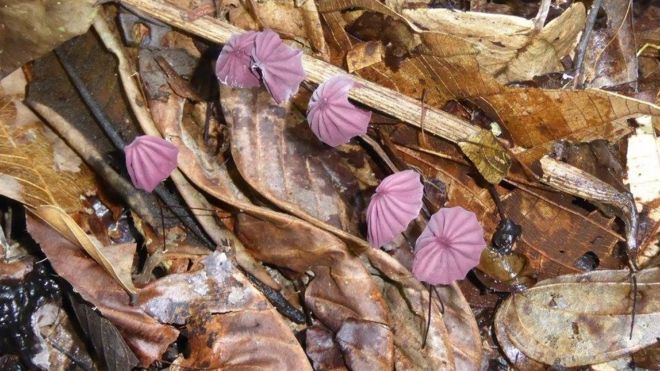
A teaspoon of soil from the Amazon contains as many as 1,800 microscopic life forms, of which 400 are fungi.

“When – not if – it happens, the effects could will be catastrophic.” For Jay Tate, the danger of a comet or an asteroid hitting the Earth is an ever-present threat that too few people take seriously.
Image from: https://www.flickr.com/photos/144614754@N02/45750896405/ (Wiki Commons)

Dogs play an important role in human life all over the world—whether as a family member or as a working animal. But where the dog comes from and how old various groups of dogs are is still a bit of a mystery.
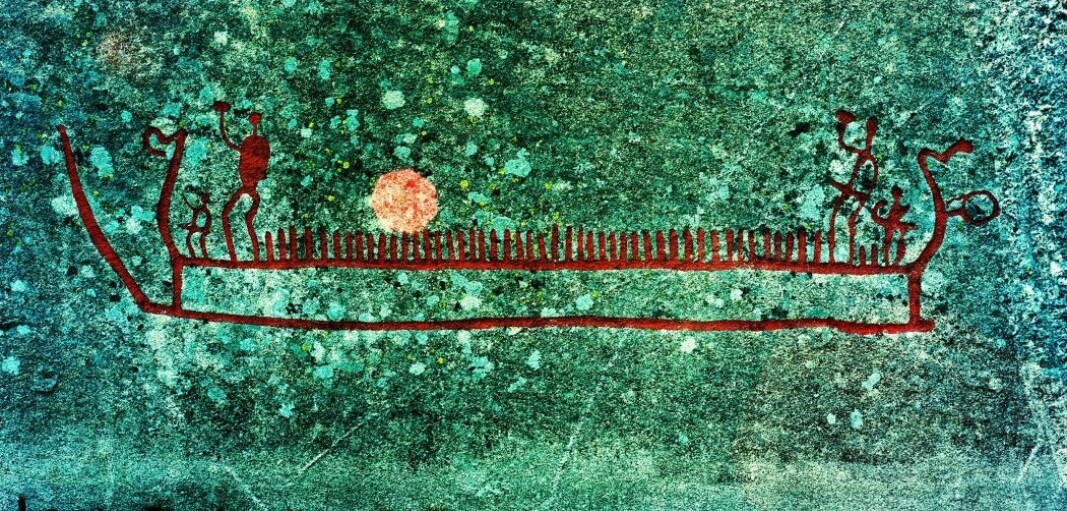
In recent years, archaeologists who study Norway during the Bronze Age have discovered a great deal of new information. Some now have a completely different perspective on this period.

Most are familiar with psilocybin, but other psychedelics have been thoroughly researched as well. Ibogaine, a naturally occurring psychoactive substance found in the Tabernanthe iboga plant, was found to have anti-addiction properties by Howard Lotsof in New York back in 1962

Nasa has given a name to the moon it plans to test its planetary defence on. The rock will be the target for Nasa’s Double Asteroid Redirection Test (DART) mission, which is scheduled for 2021.

It is the world’s most common farm animal as well as humanity’s largest single source of animal protein. Some 24 billion strong, it outnumbers all other birds by an order of magnitude. Yet for 2 centuries, biologists have struggled to explain how the chicken became the chicken.

Dr Beth Shapiro is a paleo-geneticist who uses genomics techniques to understand how species became extinct to help conservation efforts today. By extracting DNA from a frozen lake on an Alaskan island, her team uncovered the secret of how its population of woolly mammoths died out.
Image from Flickr (Wiki Commons)
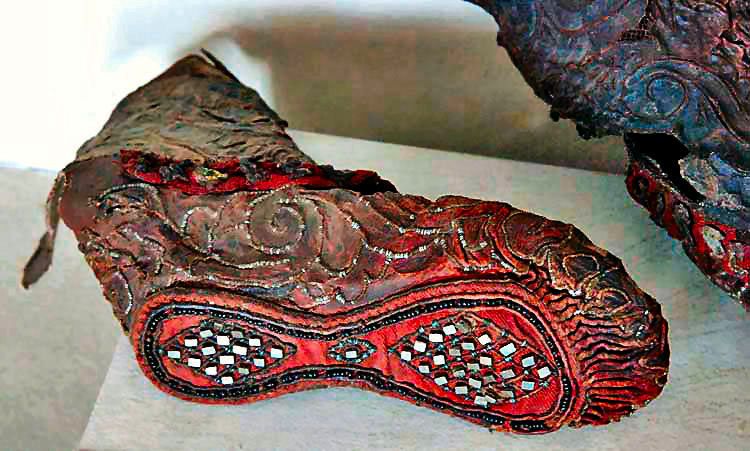
In the age of fast fashion, when planned obsolescence, cheap materials, and shoddy construction have become the norm, how startling to encounter a stylish women’s boot that’s truly built to last.

He’s physically imposing, somewhere in his 50s, with a wiry grey beard disappearing into his wild boar cloak. His broad chest is dabbed with chalk, and his pale blue eyes are narrowed, as if he’s spotting something in the distance. Dubbed “Ludvig,“ he lived in northern Europe some 8,000 years ago.

The study, led by Joseph R McConnell of the Desert Research Institute in Nevada, demonstrates how careful scientific research on ancient climate can add context to our more traditional scholarship.
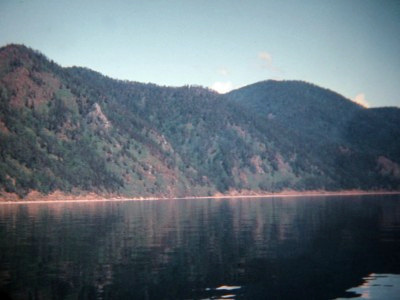
Although practically all of Earth's human population lives on dry land, our surface is 71% covered by water.
Image from PHG (Wikki Commons)

Deep in a French cave lies an unusual Mid-Upper Paleolithic burial site whose passages almost seem to echo with voices from the past. Most of the rites carried out some 25,000-30,000 years ago are still not well understood.

Today’s modern cities, from Denver to Dubai, could learn a thing or two from the ancestral Pueblo communities that once stretched across the southwestern United States. For starters, the more people live together, the better the living standards.

Scientists have discovered an astronomical object that has never been observed before. It is more massive than collapsed stars, known as "neutron stars", but has less mass than black holes.

Though Pluto is now famously frigid, it may have started off as a hot world that formed rapidly and violently, a new study finds.
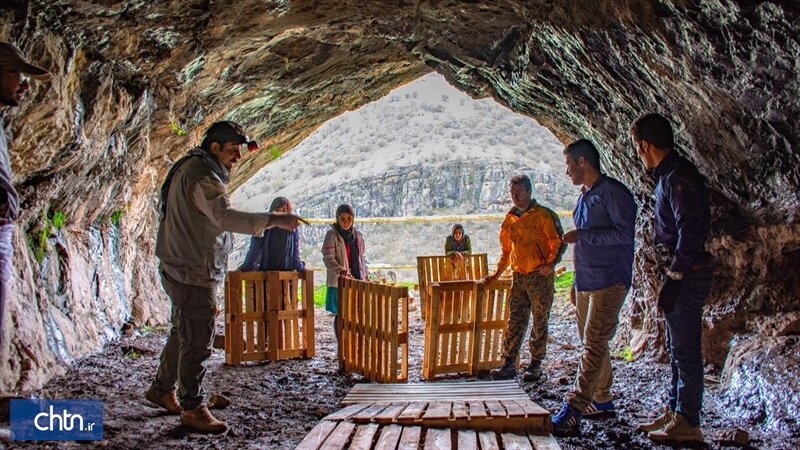
“After a decade of studying the cultural evidence yielded from the three seasons of archeological excavations at Kaldar Cave, the recent results show that a Paleolithic layer in the middle of this the cave is more than 63,000 years old,”

Langebaanweg 'E' Quarry is a palaeontological wonderland dating back 5 million years. It has yielded one of the richest and best-preserved vertebrate fossils of the Neogene (a geological era dating from 23 million to 2.5 million years ago) to be found anywhere in Africa.
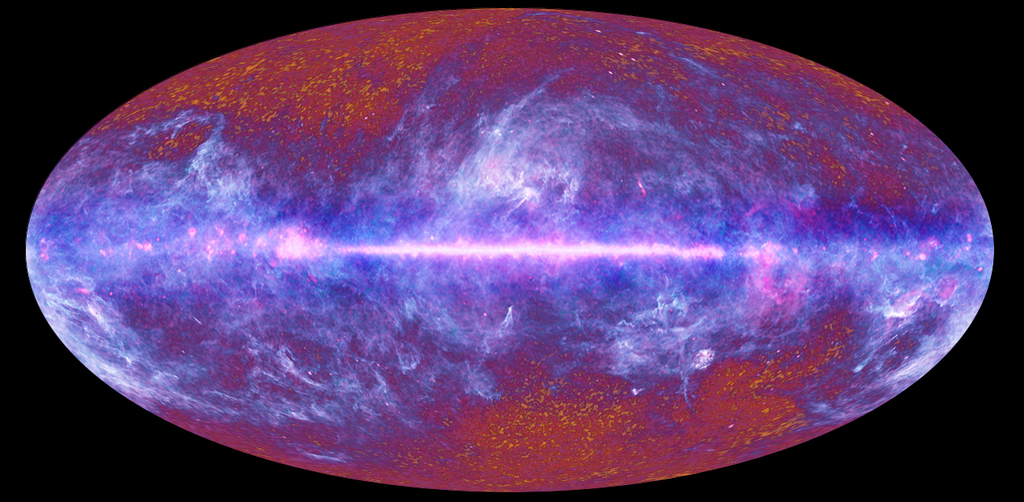
A series of viral articles claimed that NASA had discovered particles from another parallel universe in which time runs backwards. These claims were incorrect. The true story is far more exciting and strange, involving a journey into the Big Bang and out the other side.
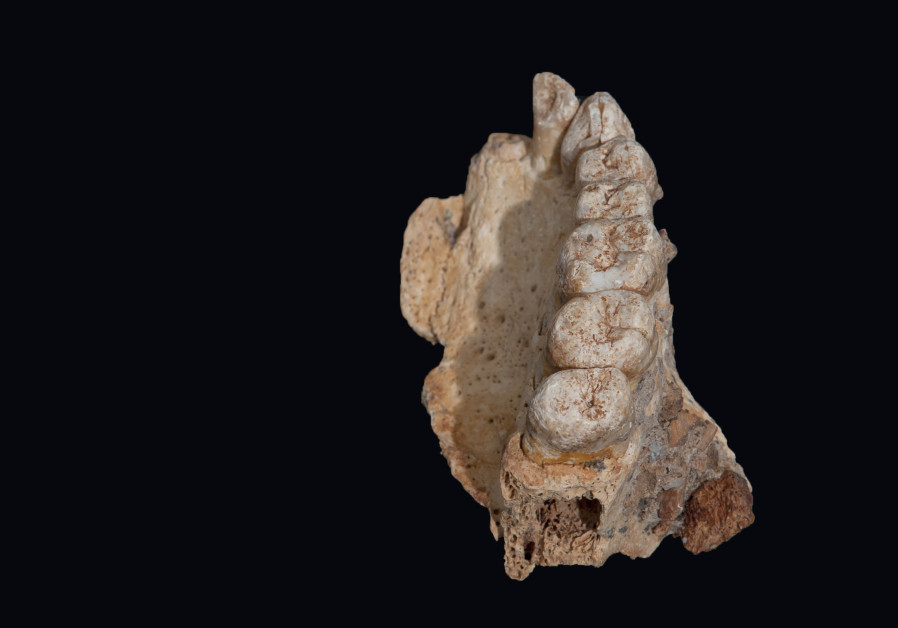
The study, whose findings were published in the Journal of Human Evolution on Sunday, analyzed fossils unearthed in the Misliya Cave in Mount Carmel dating back about 200,000 years.

A former Royal Navy diver and Dornoch native has discovered an almost completely intact 5500-year-old cup, hidden in the mud of a loch in the Outer Hebrides.

A circle of deep shafts has been discovered near the world heritage site of Stonehenge, to the astonishment of archaeologists, who have described it as the largest prehistoric structure ever found in Britain.

Rick Doblin, a leading force in America's psychedelic renaissance, imagines a world of "mass mental health" facilitated by formerly demonized drugs.

IN THE SPRING of 1960, a 29-year-old astronomer with streaks of preternaturally white hair and a devil-may-care attitude set out to tackle one of humanity’s most existential questions: Are we alone in the universe?
Image from Flickr: Dr. Frank Drake (Wiki Commons)
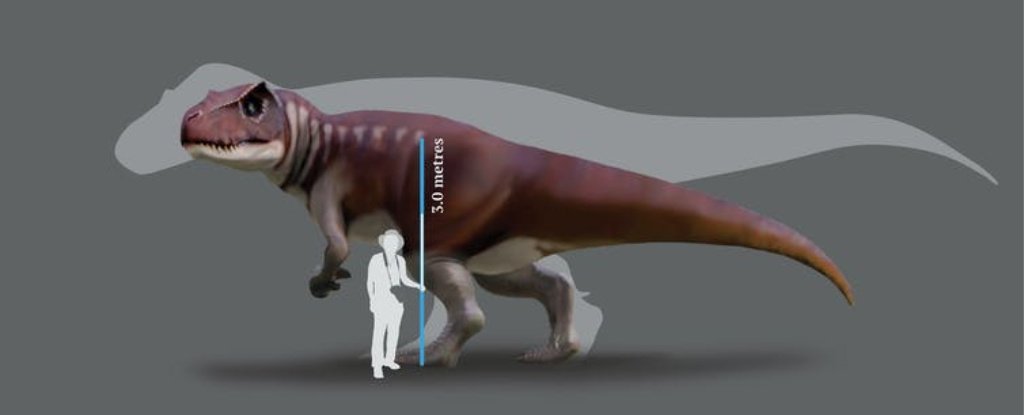
Perhaps the most iconic dinosaur is Tyrannosaurus rex, a massive predator that lived in what is now North America. We have now discovered that carnivorous dinosaurs of a similar size existed in ancient Australia as well.

Animals can’t simply tell us about their thoughts and feelings – so can we ever find out about their inner worlds?
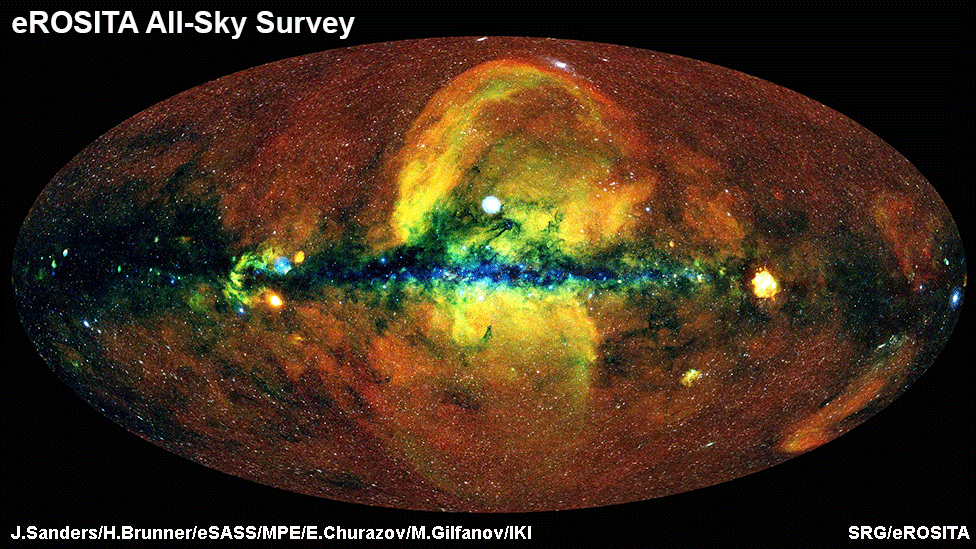
Behold the hot, energetic Universe. A German-Russian space telescope has just acquired a breakthrough map of the sky that traces the heavens in X-rays.

We now know that many of us are part Neanderthal, with our genes carrying traces of past encounters between our early ancestors and the Stone Age hominins that populated Europe until around 40,000 years ago.

A recent meta-analysis published in Psychiatry Research provides tentative support for psilocybin in the treatment of depression and anxiety.
Image from Cacycle (Wiki Commons)
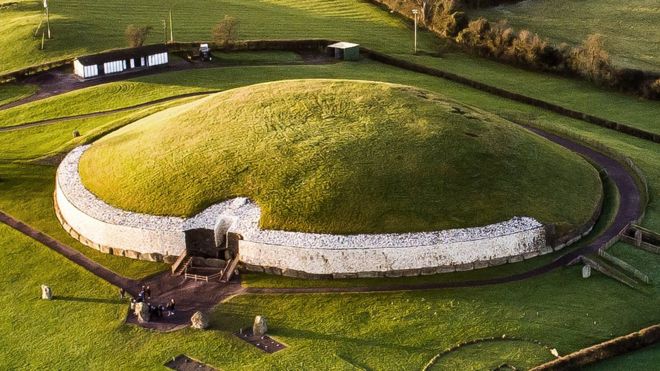
DNA has been used to confirm the existence of an elite social class in the Stone Age inhabitants of Ireland. It's one of the earliest examples of such a hierarchy among human societies.
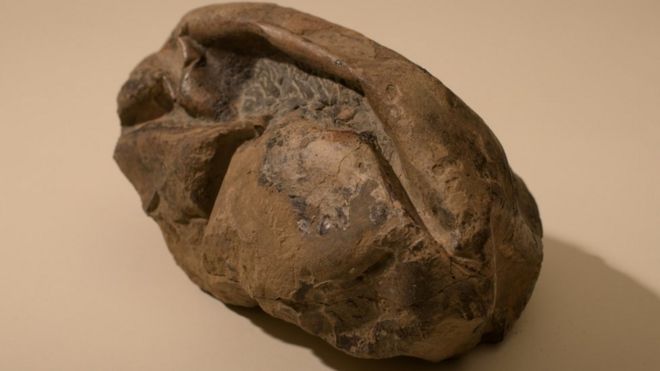
Scientists in the US have uncovered the mystery of a giant egg discovered in Antarctica almost a decade ago. For years researchers could not identify the fossil, which resembled a deflated football, leading it to gain the sci-fi nickname "The Thing".

Prehistoric pioneers could have relied on shellfish to sustain them as they followed migratory routes out of Africa during times of drought, a new study suggests.

Grotte de Cussac cave in Dordogne, France, is the site of stunning cave art, containing more than 800 figurative engravings of animals and humans that are between 25,000 and 30,000 years old.

Scientists are increasingly using Buddhist wisdom for insight into several research topics and to illuminate the human condition.
Image from Foamingz (Wiki Commons)

A team of scientists at Cambridge may have accidentally discovered why k-holes feel so much like near-death experiences.

Scientists have identified a green light in the atmosphere of Mars. A similar glow is sometimes seen by astronauts on the space station when they look to the Earth's limb. The glow comes from oxygen atoms when they're excited by sunlight.

The discovery of a tiny insect fossil is unearthing big questions about the global movement of animals and the connection to changes in climate and shifting continents across deep time.
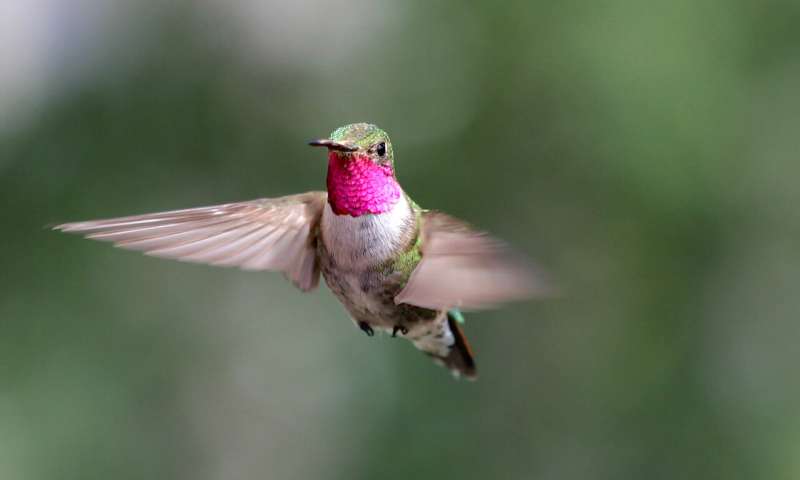
"Humans are color-blind compared to birds and many other animals," said Mary Caswell Stoddard, an assistant professor in the Princeton University Department of Ecology and Evolutionary Biology.

They may not be little green men. They may not arrive in a vast spaceship. But according to new calculations there could be more than 30 intelligent civilisations in our galaxy today capable of communicating with others.

Peru has hundreds of them in the southern province of Nazca. Archeologists believe they are at least 15-hundred years old. But they recently found smaller designs that are even older.
Anesthesia is one of the biggest mysteries of neuroscience. Despite health professionals using it every day for more than 150 years, the molecular mechanism by which general anesthetics produce their effects is unclear.

For 25 years, physicists have used an exotic state of matter made from ultracold atoms to probe quantum behaviour at the macroscopic scale. Now, they can do it in space.
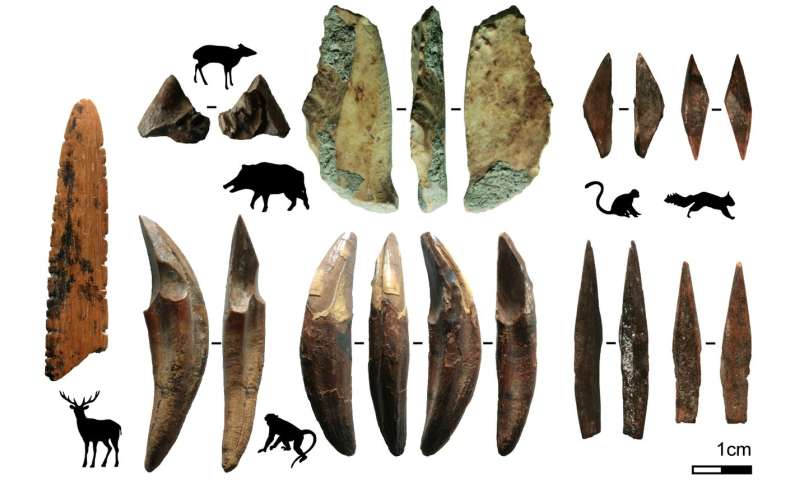
A new study provides the earliest evidence for bow-and-arrow use, and perhaps the making of clothes, outside of Africa ~48-45,000 years ago, in the tropics of Sri Lanka.
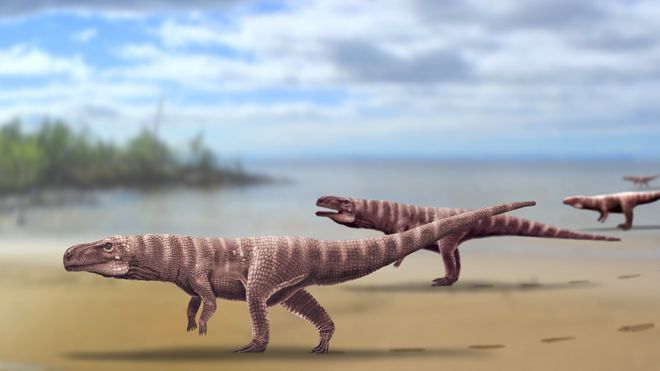
Scientists have been stunned to find that some ancient crocodiles might have moved around on two feet.

The mushroom project was initially inspired by Colorado’s wildfires.

The oldest directly dated human remains have turned up in a Bulgarian cave. The tooth and six bone fragments are more than 40,000 years old.

The mining giant BHP has halted plans to expand a mine in Western Australia because of concerns it could destroy dozens of indigenous heritage sites. It follows a public outcry over the destruction of a 46,000-year-old site by another firm, Rio Tinto, last month.

More than 120,000 novel human genetic variations that affect large regions of DNA have been discovered, some of which are linked to immune response, disease susceptibility or digestion.

Mining giant BHP Billiton is poised to destroy at least 40 – and possibly as many as 86 – significant Aboriginal sites in the central Pilbara region of Western Australia.

All humans alive today can claim a common ancestral link to some hominin. Hominins include modern humans, extinct human species, and all our immediate ancestors.
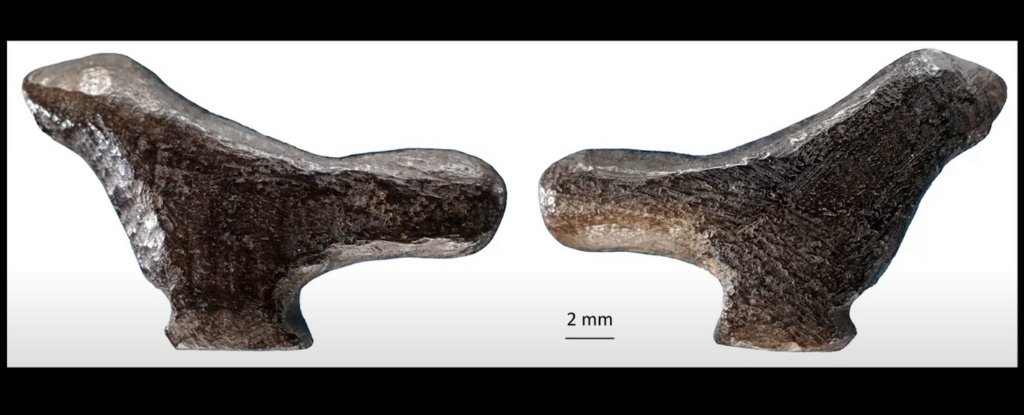
A tiny carving of a bird, found in a discarded pile of soil, has now been declared the oldest work of art ever found in China. The figure is at least 13,000 years old, and hints at an original artistic tradition in the region.

For the first time, archaeologists have succeeded in mapping a complete Roman city, Falerii Novi in Italy, using advanced ground penetrating radar (GPR), allowing them to reveal astonishing details while it remains deep underground.

At Imperial College we’ve been comparing psilocybin to conventional antidepressants – and the results are likely to be game-changing

Dating archaeological objects precisely is difficult, even when using techniques such as radiocarbon dating.

Physicists set a new record by linking together a hot soup of 15 trillion atoms in a bizarre phenomenon called quantum entanglement.

For Thomas Hartle, every day is a challenge because of his anxiety. The 52-year-old from Saskatoon has terminal cancer and the thought of the future triggers his anxiety on a daily basis.

Astronomers have discovered an activity cycle in another fast radio burst, potentially unearthing a significant clue about these mysterious deep-space phenomena.

The Histories by Herodotus (484BC to 425BC) offers a remarkable window into the world as it was known to the ancient Greeks in the mid-fifth century BC.

Asteroids crashing into the ocean could have helped create the ingredients for life, scientists say. By firing different materials together using a propellant gun, they found that amino acids could form when meteorites crash into the water.

Every season brings new beginnings. As autumn sets in, mushrooms start to pop up from the ground in many parts of the world. Mushrooms are not just a source of nutrients, but also a source of medicine.
Image from magic mushrooms (Wiki Commons)

Analysis of a Neolithic skull revealed not only how she looked but also where her people originated far across the Mediterranean.
Image from InjuryMap - Free Human Anatomy Images and Pictures. (Wiki Commons)

The Caribbean, which today includes a diverse mix of human cultures, was one of the last places in the Americas occupied by people. Yet researchers don’t know precisely where these early migrants came from when they arrived somewhere between 8000 and 5000 years ago.
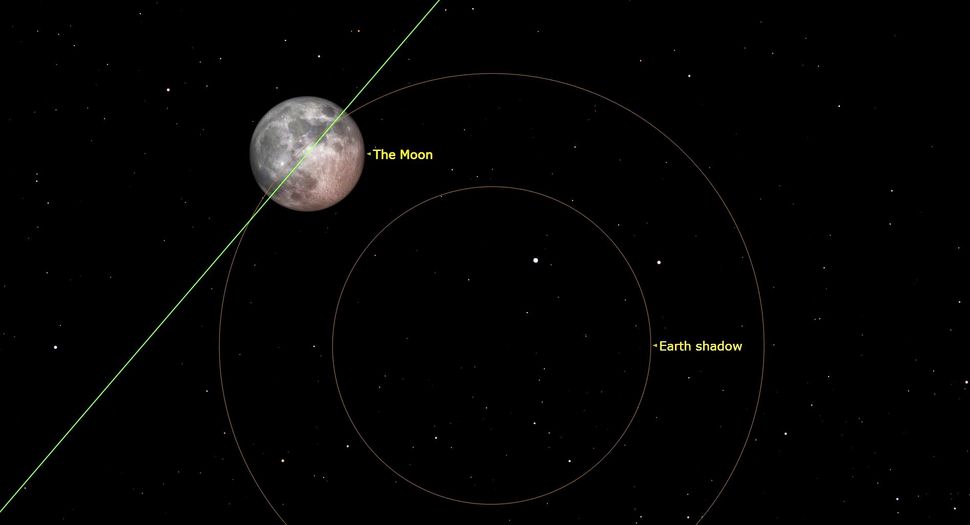
Today's eclipse will be what astronomers dub a "penumbral eclipse," which occurs when the outer ring of Earth's shadow just grazes the moon.

What caused the disappearance of Homo neanderthalensis, a species which apparently possessed as many capacities as Homo sapiens? There are several theories attempting to explain this: the climate, competition, low genetic diversity.

Until now little was known about when humans started eating the crop, now a staple of meals around the globe that shapes agricultural landscapes and ecosystem biodiversity.

Scientists using an aerial remote-sensing method have discovered the largest and oldest known structure built by the ancient Maya civilization – a colossal rectangular elevated platform built between 1000 and 800BC in Mexico’s Tabasco state.

Ancient humans, Neanderthals and Denisovans were genetically closer than polar bears and brown bears, and so, like the bears, were able to easily produce healthy, fertile hybrids according to a study, led by the University of Oxford’s School of Archaeology.

With myriad fragments and an extraordinary past, the Dead Sea scrolls are quite a puzzle. Now experts say ancient DNA has helped them piece together which fragments come from the same scrolls, as well as which texts may have travelled a distance, and how widespread the writings were.

Research from Curtin University has found that pre-historic climate change does not explain the extinction of megafauna in North America at the end of the last Ice Age.

The University of Victoria paleoanthropologist, who specializes in European cave art, has been awarded a National Geographic grant to test genetic material found in cave wall paint in Spain to try to find out who forgot to sign their work at least 40,000 years ago.

The psychedelic experience can be rough on a person's ego. Those who experiment with magic mushrooms and LSD often describe a dissolution of the self, otherwise known as ego-death, ego-loss, or ego-disintegration.

Autumn was closing in fast on northern Nevada when Martin Sander took one last look around the excavation site in the Augusta Mountains 150 miles (241 kilometers) east of Reno.

Less spectacular than a total eclipse but no less interesting, the penumbral lunar eclipse to be seen on Friday will be well worth watching

Mining giant Rio Tinto has apologised to traditional owners in Western Australia’s north after destroying a significant Indigenous site dating back 46,000 years, saying it is urgently reviewing plans for other sites in the area.
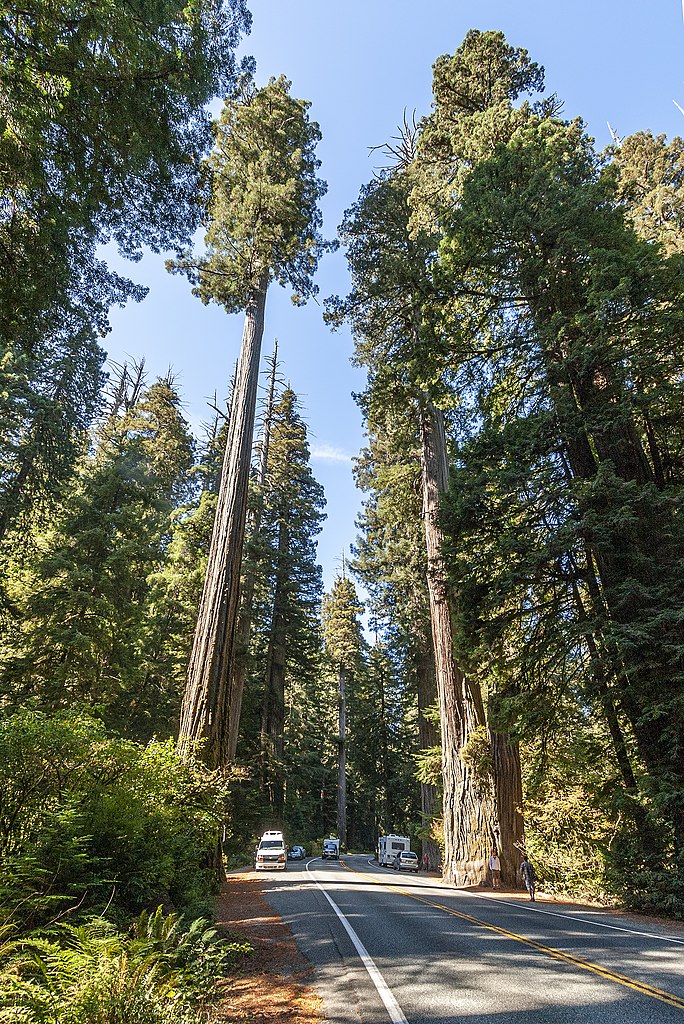
CALIFORNIA’S GIANT SEQUOIAS can live for more than 3,000 years, their trunks stretching two car lengths in diameter, their branches reaching nearly 300 feet toward the clouds.
Image from Acroterion (Wiki Commons)

We now know ammonites are extinct cephalopod molluscs...But before science had an answer, ammonite fossils were mysterious objects that gave rise to rich and fascinating folklore all over the world.
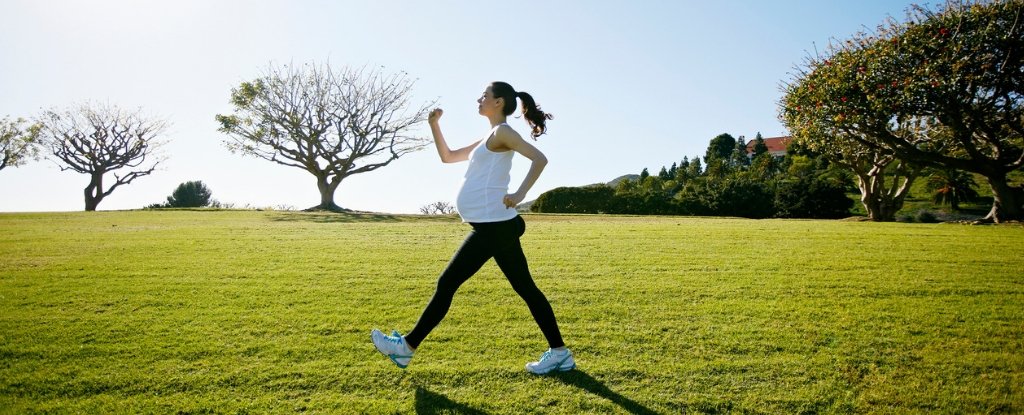
Human pregnancy is downright curious. Today, we still don't know why women go into labour for so long or why they face so much risk when they give birth.

“It’s like finding a kangaroo in Norway,” says a researcher of the new species of lentil-size fish, found 5,000 miles from its nearest cousins.
Image from Flickr: Pygmy Seahorse (Wiki Commons)

Scientists in Israel believe they’ve found evidence of some of the oldest, and holiest, rollers in biblical history. Deep in the inner sanctum of an 8th century BCE shrine, worshippers weren’t just burning frankincense. They were also burning marijuana.
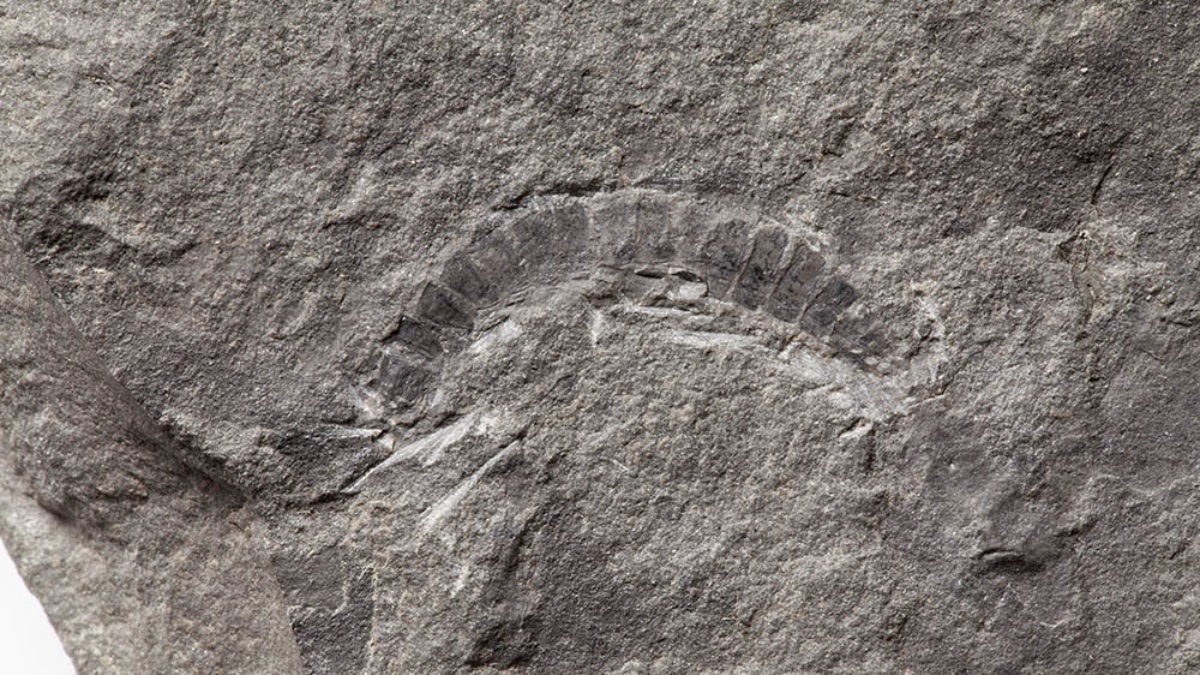
A 425-million-year-old millipede fossil from the Scottish island of Kerrera is the world’s oldest “bug” — older than any known fossil of an insect, arachnid or other related creepy-crawly, according to researchers at The University of Texas at Austin.

A baby has become the first to get a cannabis-derived medicine in a trial to help those born with a condition that can lead to brain damage.

Lip smacks made by chimpanzees follow a rhythm similar to human speech, according to a new study.
Image from https://humanjourney.us/ (Wiki Commons)

LIKE a scene out of a sci-fi movie, a small patch of Chiltern’s Mount Pilot National Park is now lit up by green, glowing mushrooms.
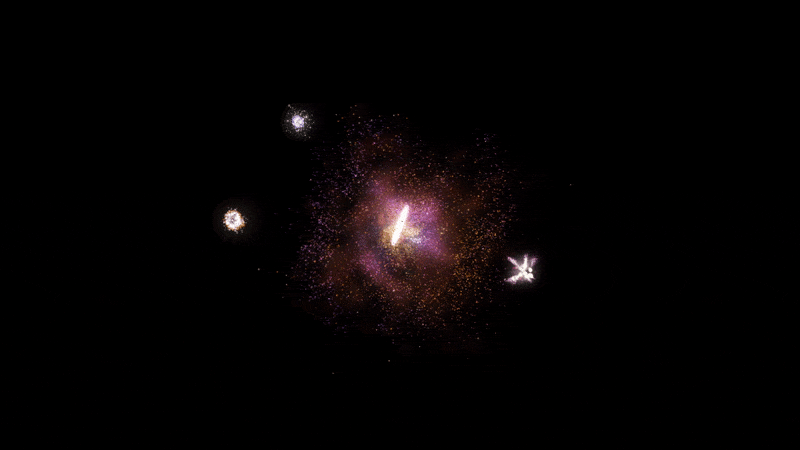
Eleven billion years ago, a hot, active, galaxy that looked like an eye glared across space.

As magic mushrooms make the shift from recreational drug to mental health treatment, patients won’t be eating caps and stems, but a synthetic product made in a lab—one that can be patented and profited from.
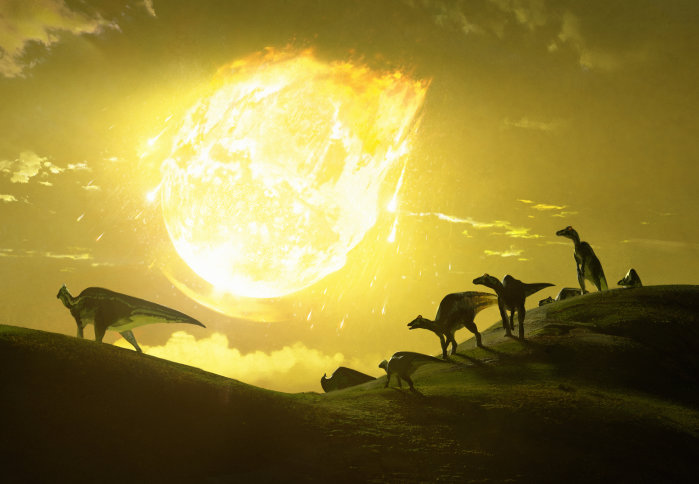
New simulations from Imperial College London have revealed the asteroid that doomed the dinosaurs struck Earth at the ‘deadliest possible’ angle.

Giant wombats, six-metre-long goannas and the world's largest kangaroos are among the enormous megafauna that inhabited Queensland between 40,000 and 60,000 years ago, but where did they go?
Image from Beclectic (Wiki Commons)

The fears of traditional owners in the western Pilbara, "deeply troubled" after Rio Tinto detonated explosives over the weekend in an area near culturally significant sites dating back more than 46,000 years, have been confirmed.

That corn was highly important in the Maya culture is something that Genner Llanes Ortiz, himself a Maya from the Mexican province of Yucatan, has always known, right from his childhood. But just how important the role of corn is in the collective memory of his people, is one of the subjects of his research.
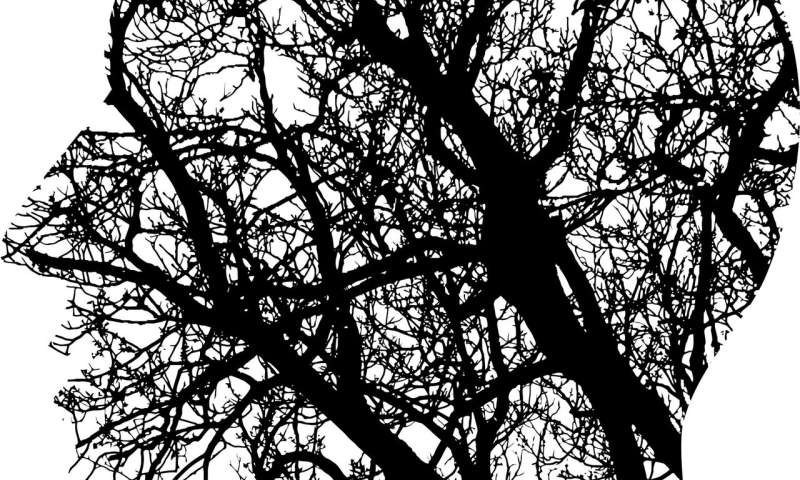
An international study involving Monash physicists has cornered a new approach to measure consciousness, potentially changing our understanding of complex neurological problems.

The results of the interim analysis “are the most powerful evidence yet that MDMA-assisted psychotherapy could help transform the lives of people suffering from PTSD.”

Researchers using the University of Hawaii’s Asteroid Terrestrial-impact Last Alert System (ATLAS) have found (via Gizmodo) a Trojan asteroid, 2019 LD2, that not only follows an odd orbit ahead of Jupiter but also sports an icy tail — it’s a unique “crossover” between asteroid and comet.
Image from Dmitry Brant (Wiki Commons)

The CENIEH researcher Davinia Moreno has co-led the publication of a paper on this Paleolithic site in the province of Cuenca, whose age, according to the ESR dating technique, is 830,000 years.
Image from Ismoon (Wiki Commons)

In August of 1951, a strange illness descended on the small French town of Pont-Saint-Esprit. Victims complained of abdominal pains, delirium and hallucinations of flames and hellish creatures.

An aerial search in the Peruvian desert has revealed intriguing figures of humans and animals that predate the nearby Unesco world heritage site

BUMBLEBEES AREN’T MERELY bumbling around our gardens. They’re actively assessing the plants, determining which flowers have the most nectar and pollen, and leaving behind scent marks that tell them which blooms they’ve already visited.
Image by Alvesgaspar (Wikki Commons)

While much of the new research on psychedelics show its potentially high efficacy for treating psychological disorders, relatively little research has been done to demonstrate their uses for the treatment of chronic pain conditions.
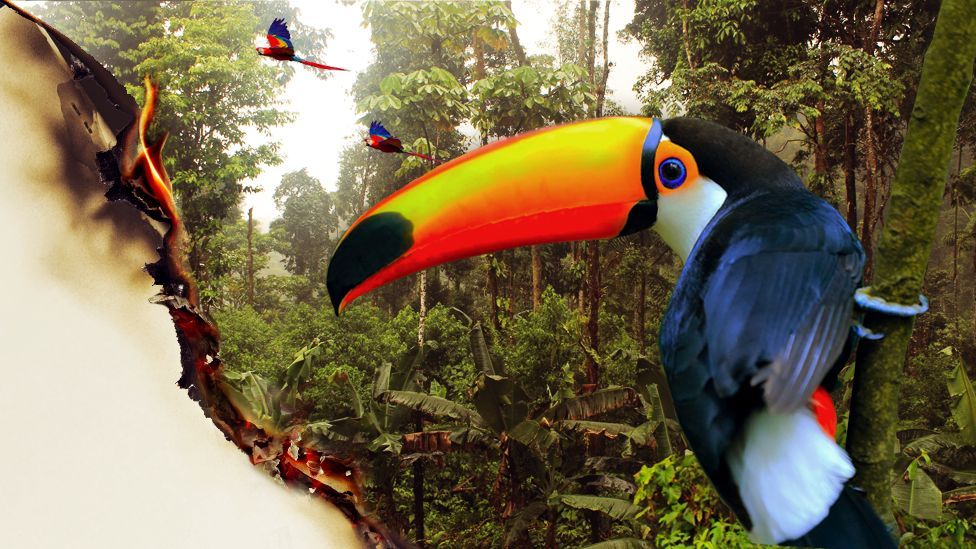
The Amazon rainforest - which plays a vital role in balancing the world's climate and helping fight global warming - is also suffering as a result of the coronavirus pandemic.




